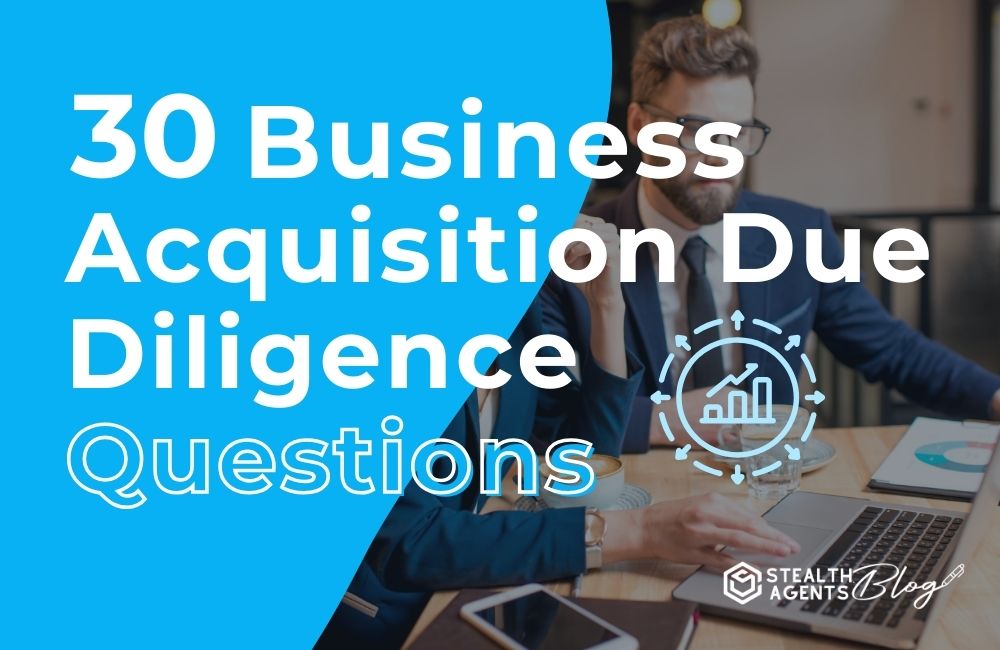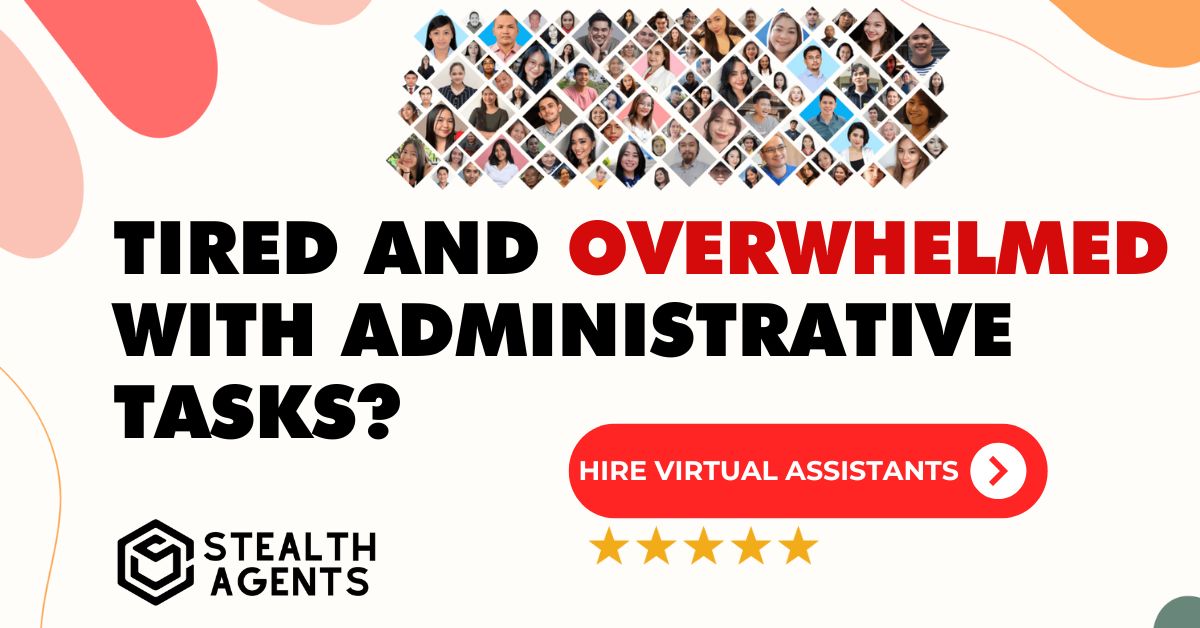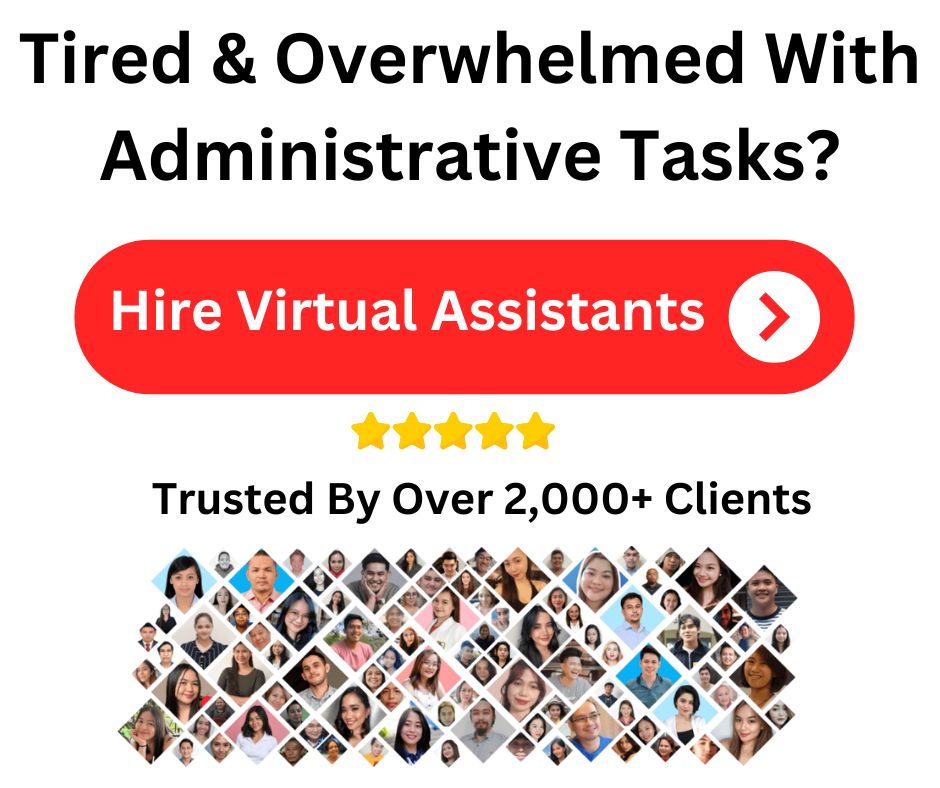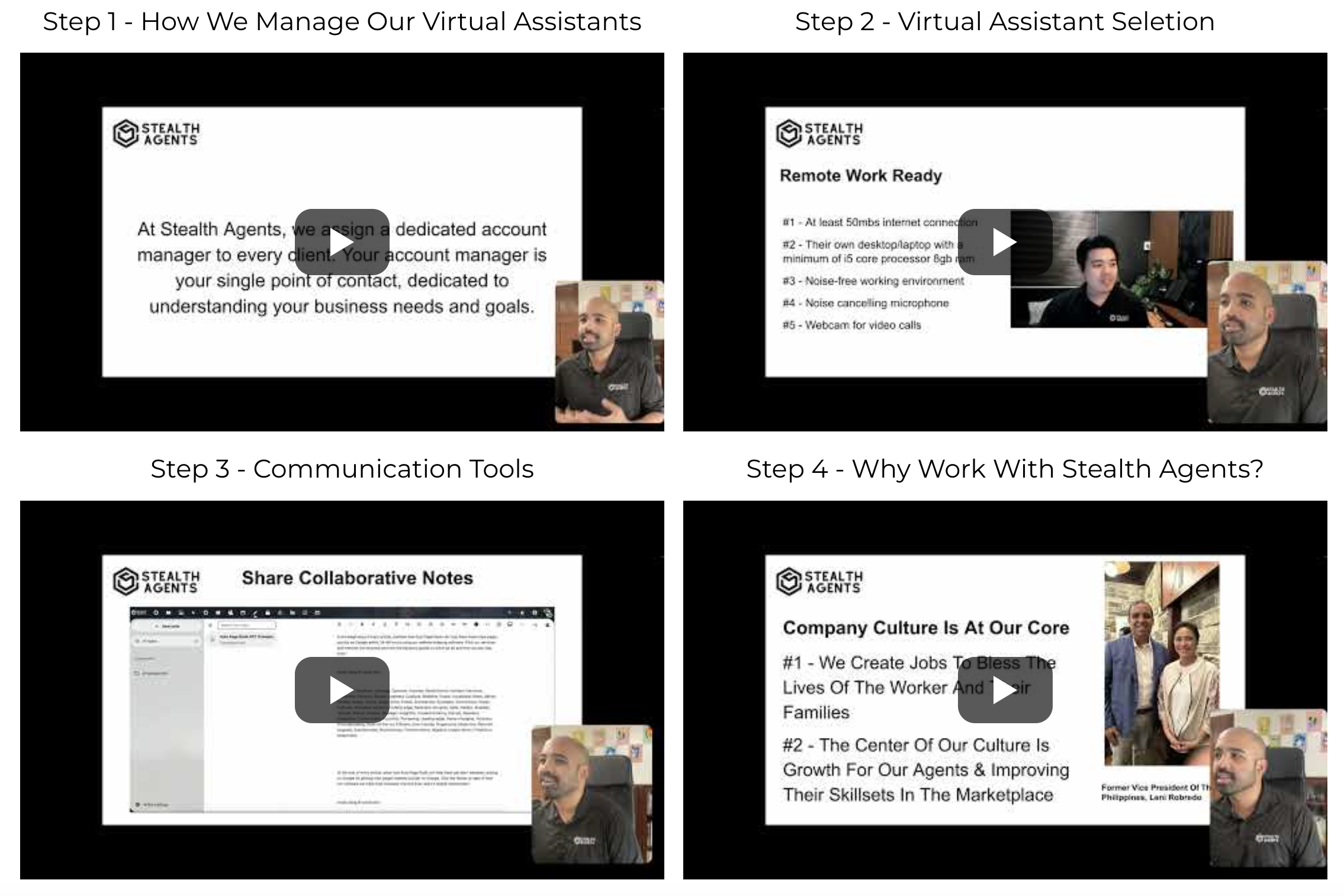So, you’re on the brink of an exciting business move. You’ve got your eye on a new venture, maybe one that promises great potential or one that perfectly complements your current business. Yet, the alarm bells in your rational mind are gently chiming—But what about the risks? How do you make sure you’re not leaping into a pitfall dashed with wishful thinking? With business acquisitions, sensible exploration—aka due diligence—is your best friend. Let’s delve into the nitty-gritty of due diligence with a comprehensive list of questions to ensure your acquisition, if pursued, is as informed as it is thrilling.
The Why Behind Due Diligence
Before we launch into the interrogation, let’s briefly consider why due diligence is the backbone of a successful acquisition. When you’re purchasing a business, you’re essentially buying its past, present, and potential future. Each of these elements is rife with risks and rewards. Due diligence is the method by which you uncover the truth in this process, gauging the current state of the business, predicting its financial trajectory, and appraising its assets thoroughly.
The Odyssey Begins: The List of 30 Due Diligence Questions
Financial and Legal Landscape
- What does the company’s balance sheet reveal about its current state?
- Are the financial statements audited? If not, why, and what controls were implemented in their place?
- Are there any pending legal actions against the company, and what’s their potential impact?
- What’s the industry average for the financial ratios, and how does the company’s performance compare?
- What does the tax situation look like, and what ongoing tax disputes or audits should we be aware of?
Operations and Management Examination
- How are operations structured, and what’s the flow of production to delivery?
- What’s the workforce’s stability and skillset? Are there any retention challenges?
- Describe a typical workday for a senior executive. How robust is their decision-making process?
- What’s the utilization rate for major facilities and equipment, and are there any maintenance backlogs?
- Can you provide an analysis of the company’s supply chain risk factors and contingency plans?
Customer Insights
- Who are the company’s top customers, and what’s their historical behavior and satisfaction levels?
- Do you have any recent studies or feedback on the brand’s customer loyalty and perception?
- What’s the churn rate, and are there any emerging market trends impacting customer sentiment?
- Can we discuss the largest contract and its renewal, renegotiation, or termination risks?
- What is the strategy for attracting and retaining customers, and how aligned is it with customer needs?
Marketing and Technology Assets
- Are there any patents, copyrights, or trademarks protecting the company’s intellectual property?
- Can you walk us through the R&D pipeline and the technology investment strategy?
- What volume and quality of marketing data are maintained, and how is it used for strategic decision-making?
- Are there any cybersecurity breaches in the past? What’s the company’s present cybersecurity strategy?
- What digital transformation efforts are underway, and what are the associated concerns?
Culture and Integration
- Describe the workplace culture and the challenges faced in integrating new team members.
- What’s the average tenure of employees, and have there been any major labor disputes?
- Are there any labor union negotiations upcoming?
- Can we elaborate on the employee benefits and wellness programs in place?
- What’s the management’s philosophy on work-life balance and its impact on productivity?
Regulatory and Compliance Environment
- What industry-specific regulations govern the business, and what’s the compliance track record?
- Are there any compliance issues that could lead to fines or business interruption?
- Can we review the internal and external audit reports for the past three years?
- What’s the protocol for regulatory changes, and how are these integrated into the strategic planning process?
- What compliance training and certification programs are in place for the workforce?
A Conclusion Worth Reaching For
The journey into due diligence is arduous, the questions multiple and meticulous, but the peace of mind and informed confidence you gain is priceless. Remember, every response is a piece of the puzzle. Only when you’ve pieced enough of it together can you truly see the big picture of your potential acquisition—a picture which, with luck and labor combined, paints a prosperous future.










